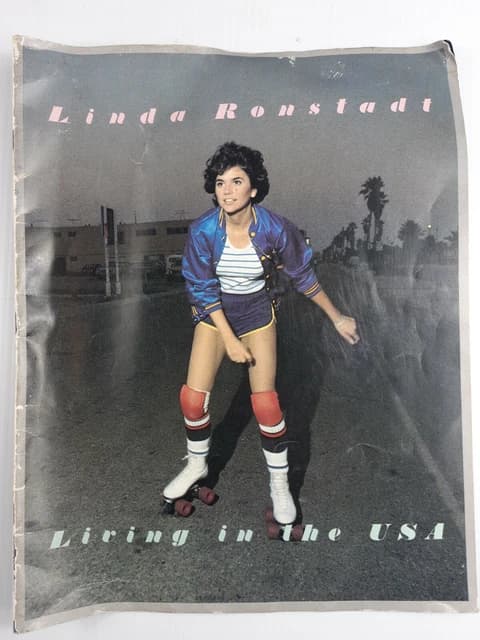
Linda Ronstadt’s “That’ll Be the Day”: A Timeless Declaration of Enduring Love
There are moments in music, much like in life, when a familiar melody suddenly takes on a vibrant new hue, illuminated by the unique voice of an artist. For many of us, especially those who recall the rich tapestry of 1970s rock and country, Linda Ronstadt’s rendition of “That’ll Be the Day” is one such moment. Released in August 1976 as a single from her Grammy Award-winning, platinum-selling album Hasten Down the Wind, Ronstadt’s take on this rock and roll classic became a significant hit, reaching an impressive No. 11 on both the U.S. Billboard Hot 100 and the Cash Box Top 100. It also found its stride on the country charts, peaking at No. 27 on Billboard’s Hot Country Singles & Tracks, showcasing her remarkable versatility and widespread appeal. Beyond the numbers, however, her version breathed new life into a song already etched into the annals of music history, making it resonate deeply with a new generation while warming the hearts of those who knew the original.
The tale of “That’ll Be the Day” itself is a fascinating journey through the early days of rock and roll. The song was originally co-written by the iconic Buddy Holly and his drummer Jerry Allison, along with producer Norman Petty. Its title and central phrase were reportedly inspired by a line famously uttered by John Wayne in the classic 1956 Western film, The Searchers. “That’ll be the day” became a sarcastic, defiant retort, perfectly capturing the song’s underlying message of disbelief at a lover’s threat to leave. Buddy Holly and The Crickets first released their seminal version in 1957, skyrocketing to number one on both sides of the Atlantic and solidifying their place in rock and roll legend. It’s a testament to the song’s enduring quality that decades later, Linda Ronstadt, with her impeccable musical instincts, chose to revisit it. Her producer, Peter Asher, suggested the cover, and they approached it with a refreshing live feel, much like Holly’s original recording, eschewing the multi-tracking prevalent at the time. This decision allowed Ronstadt’s raw talent and the song’s inherent energy to shine through.
At its heart, “That’ll Be the Day” is a bold, almost defiant declaration of unwavering affection. It’s the voice of someone so deeply certain of their beloved’s attachment that the thought of them leaving is met with an incredulous “that’ll be the day” – implying it will only happen when pigs fly, or, as the lyrics famously state, “when I die.” It’s a playful yet profound expression of love, a confident assertion that the bond is unbreakable, despite any fleeting threats or doubts. Ronstadt’s interpretation, while respectful of the original’s spirit, infuses it with her signature blend of country, rock, and pop sensibilities. Her vocal performance is a masterclass in conveying both vulnerability and strength, her voice soaring with a confident conviction that makes you believe every word.
For those of us who remember listening to the radio in the 70s, Linda Ronstadt was a revelation. She possessed a voice that could navigate any genre with effortless grace, from country twang to soulful rock. Her take on “That’ll Be the Day” wasn’t just a cover; it was a re-imagining, a testament to her ability to make any song her own. She brought a certain polish and a touch of sun-drenched California rock to Holly’s classic, yet she never lost the inherent innocence and rebellious spirit that defined the original. The clean, crisp production, the tight musicianship, and Ronstadt’s soaring vocals created a version that felt both contemporary and timeless. It evokes memories of cruising down open roads, of carefree summer nights, and of the exhilarating discovery of new music that still held echoes of the past. It’s a song that speaks to the enduring power of a steadfast heart, making “That’ll Be the Day” not just a memorable hit, but a beloved piece of our shared musical heritage.